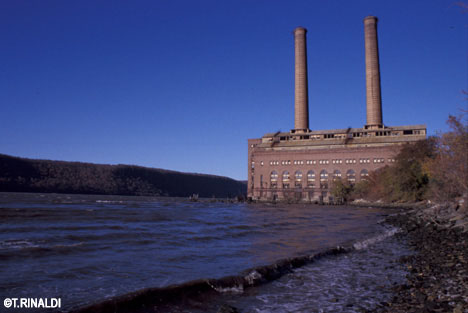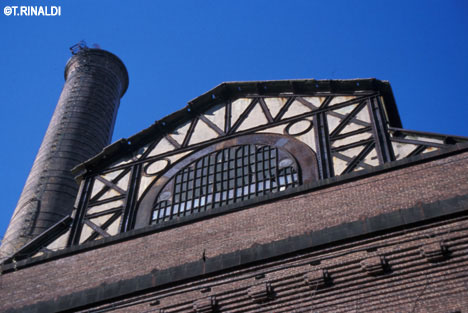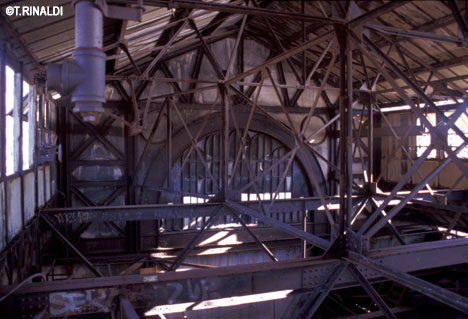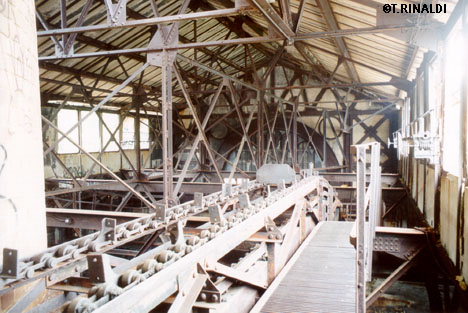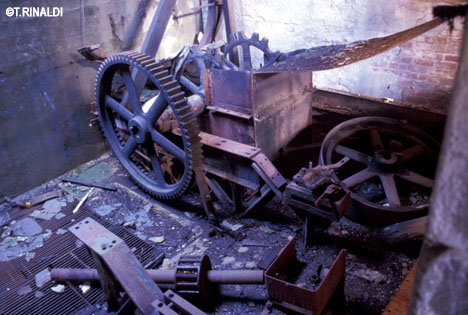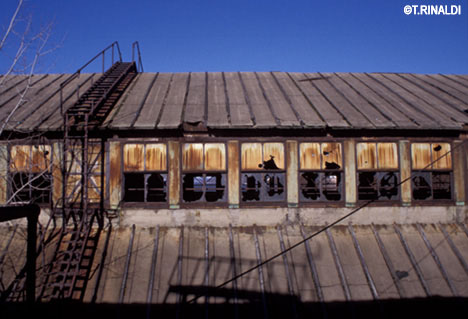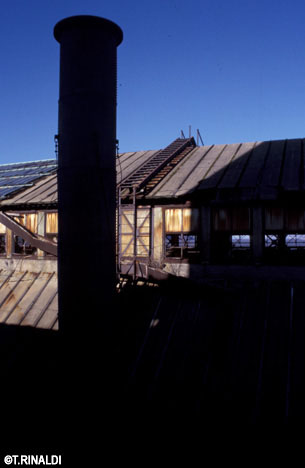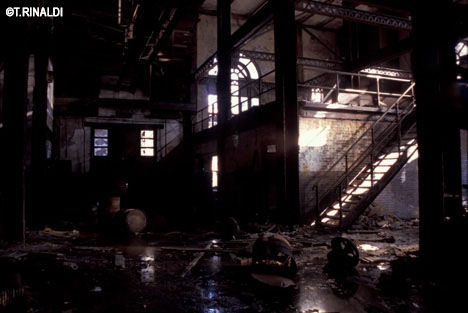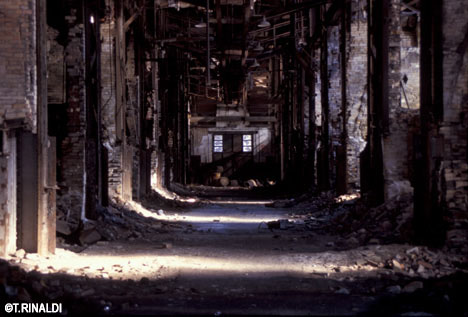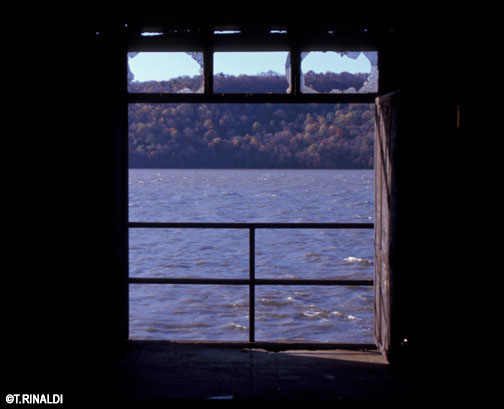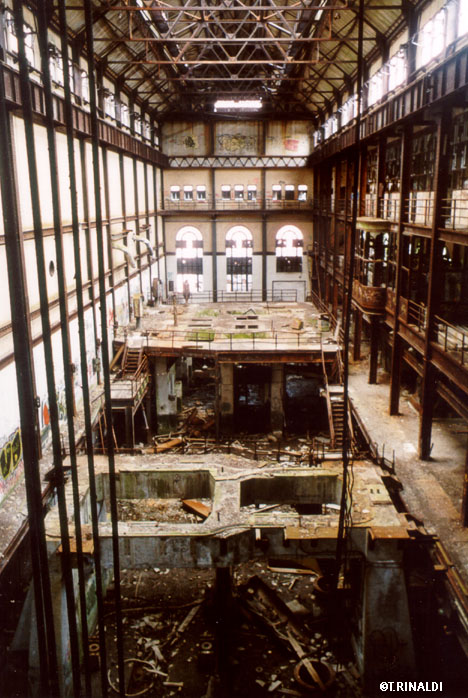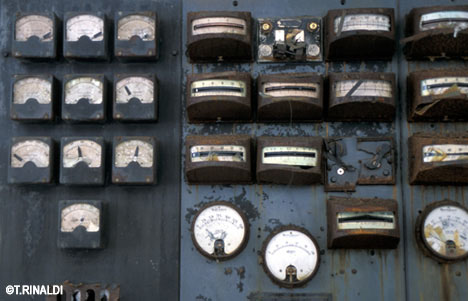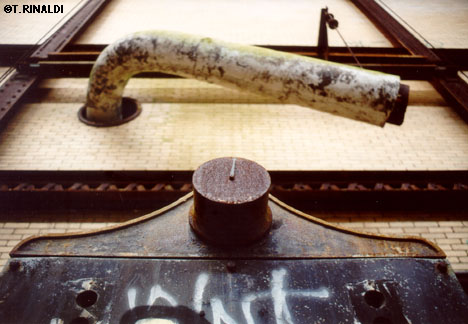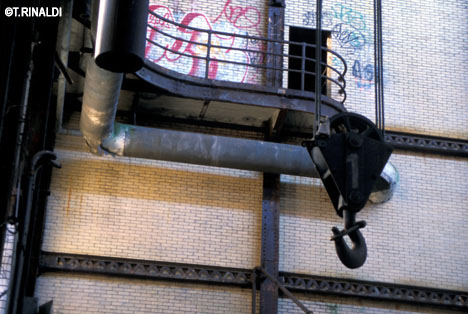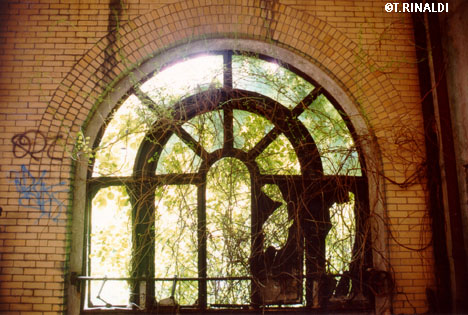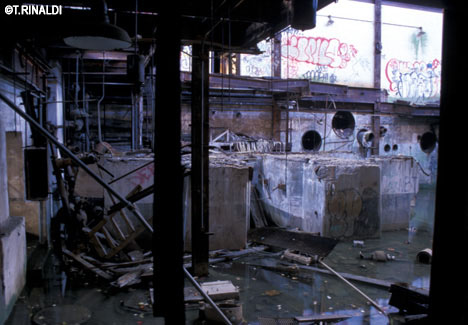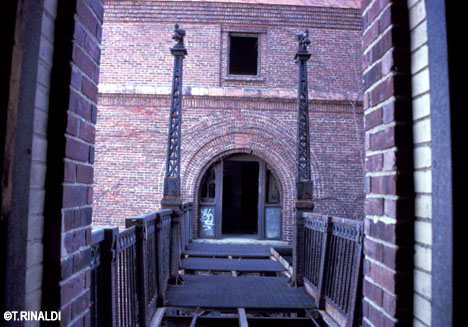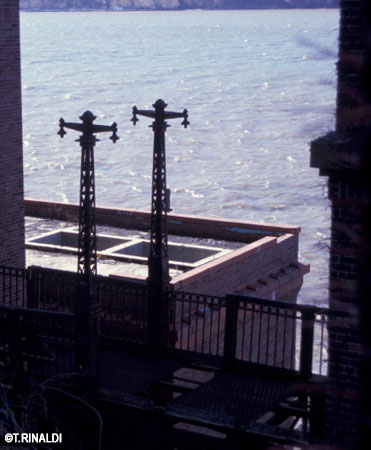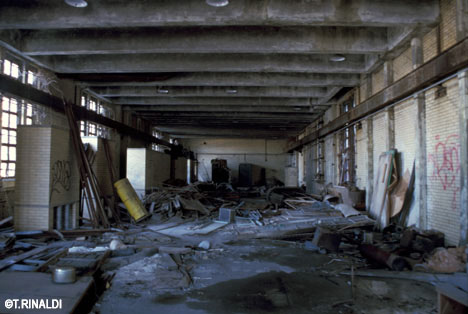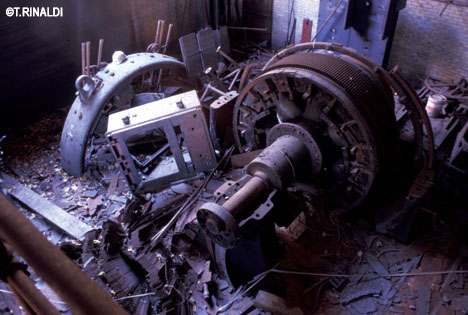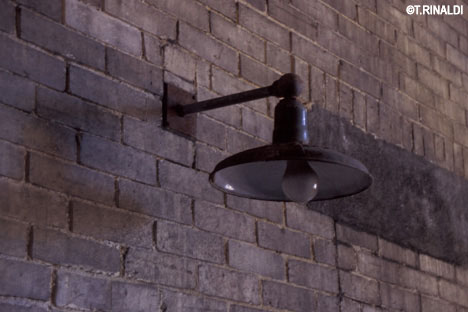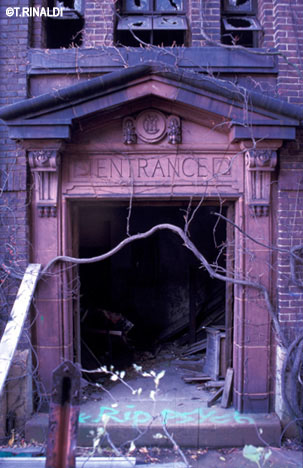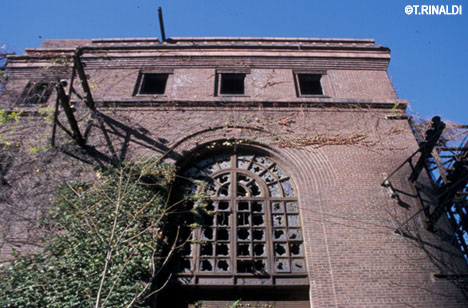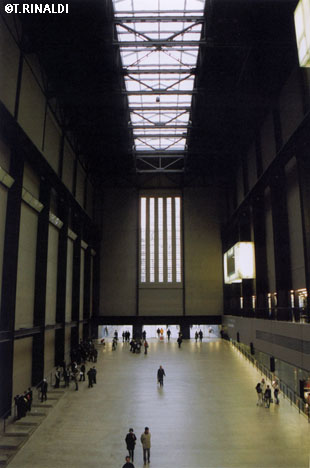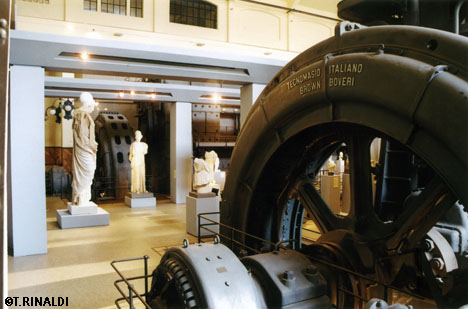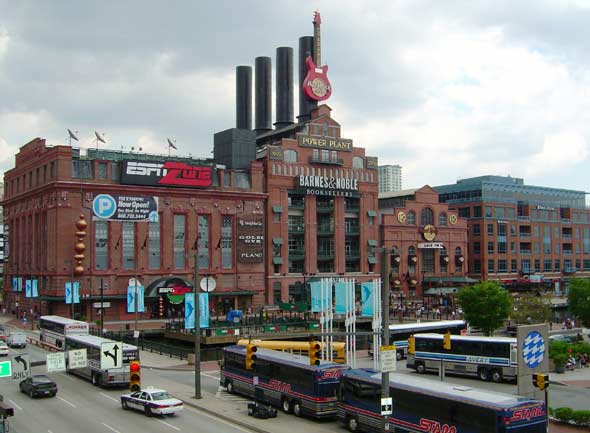YONKERS POWER STATION - G L E N W O O D - PROBABLY THE MOST MAGNIFICENT ruin on the Hudson stands about seven miles north of Manhattan Island, and just two miles above the city of Yonkers. This is the Yonkers Power Station of the New York Central and Hudson River Railroad, known also as the Glenwood Power Station for the section of Yonkers in which it stands. Built in conjunction with Grand Central Terminal, it has stood abandoned since the 1960s. In 2006 a developer proposed incorporating the plant into a large scale residential complex. OPENED IN 1906, the Yonkers Power Station was part of a massive program of capital improvements undertaken by the New York Central Railroad, the same program that brought the construction of Grand Central Terminal. In 1902, the railroad set out to electrify its tracks going in and out of New York City in order to facilitate an expansion of its Manhattan terminus and to comply with new regulations. Existing electric utilities, then in their infancy, couldn't supply the power needed. So the New York Central built two large power plants to supply its own electricity. One stood in the Port Morris section of the Bronx, the other on the Hudson River near Yonkers. "Click on image to enlarge." TO DESIGN BOTH power plants and the new Grand Central Terminal, the railroad hired the Minnesota-based architectural firm of Reed & Stem. (Later the railroad hired the architects Warren & Wetmore to collaborate with Reed & Stem in the design of Grand Central). Other railroads serving New York built their own plants as well: at around the same time, the Pennsylvania Railroad built its plant in Long Island City, the Hudson & Manhattan (now PATH) in Jersey City, and the IRT Subway near the Hudson River in Manhattan. "Click on image to enlarge." WHEN COMPLETED, the Yonkers Power Station stood a triumphant expression of the architecture and engineering of its day. The plants at Yonkers and Port Morris each had an intended capacity of 30,000 kilowatts, which was distributed in alternating current to a series of substations (also designed by Reed & Stem), where it was converted to direct current and fed to trains via a new device known as the "third rail." Both power stations were built of red brick, with rows of monumental arched windows, red terracotta trim and corbelled cornices. "Click on image to enlarge." THE PLANTS SERVED their intended role for just over thirty years. By the 1930s the electric utilities had evolved to a point where they could generate power more efficiently than separate railroad power plants. In 1936, the New York Central sold the Yonkers Power Station to a subsidiary of Consolidated Edison. (The Port Morris plant was demolished not long afterwards.) THE YONKERS POWER STATION remained in use for thirty more years before finally closing in 1963. By then it had been dwarfed by newer more efficient power plants in New York and farther up the Hudson. Opened in 1963, ConEd's Indian Point nuclear power station was designed to produce more than ten times more power than the old Yonkers plant. In the ensuing decades, as other river industries declined, new electric power plants continued to appear along the Hudson. Like the Yonkers Power Station, these plants utilized the river for fuel delivery and to cool machinery. Unlike the Yonkers plant, these new power stations grew so large as to threaten the ecology of the river and the quality of life along its shores. The organized movement to halt a power plant proposed on the Hudson at Storm King Mountain is today credited for giving rise to the modern environmental movement in the US. "Click on image to enlarge." NOW MORE THAN FORTY YEARS after it closed, the Yonkers Power Station remains abandoned, a hulking industrial ruin facing out across the river toward the cliffs of the palisades. Its boilers and turbines were long ago taken for scrap. Since the late 1970s it has belonged to a private owner who has left it to the elements. Unsecured doors have beckoned untold numbers of curious explorers to wander its vast, dramatic interior spaces, from its great turbine hall, evocative of a cathedral nave, to the network of rusting catwalks that weave about its massive coal bunkers. "Click on image to enlarge." AFTER DECADES of abandonment, it has become arguably the most noteworthy and dramatic ruin, industrial or other, on the Hudson River. The historian Roger Panetta used the power station in Bill Moyer's 2003 television special on the river to illustrate not only the decline of industry on the Hudson, but more importantly to show an example of the kind of landmark now threatened by decay and by growing pressure to redevelop the river's long neglected shoreline. Click here to read the transcript of Moyers' interview. "Click on image to enlarge." THROUGHOUT THE WORLD, other historic power stations have been successfully adapted to house everything from museums, such as the Tate Modern in London and the Centrale Montemartini in Rome, to shopping centers, such as "The Powerplant" in Baltimore's Inner Harbor. In 2006 a developer announced plans to re-use the Yonkers Power Station as part of a large scale residential development. The impact this development will have on the architectural integrity of the power station remains unclear. But what is clear is that the fate of this and other historic ruins, which are important to the Hudson Valley's cultural identity with or without recognition on government landmarks listings, is of great importance indeed to the future of life along the river. © T.E. Rinaldi, 2006
|
